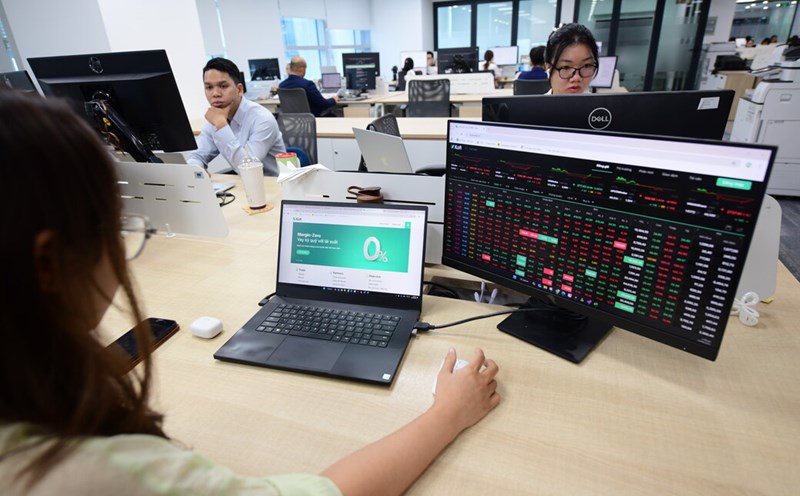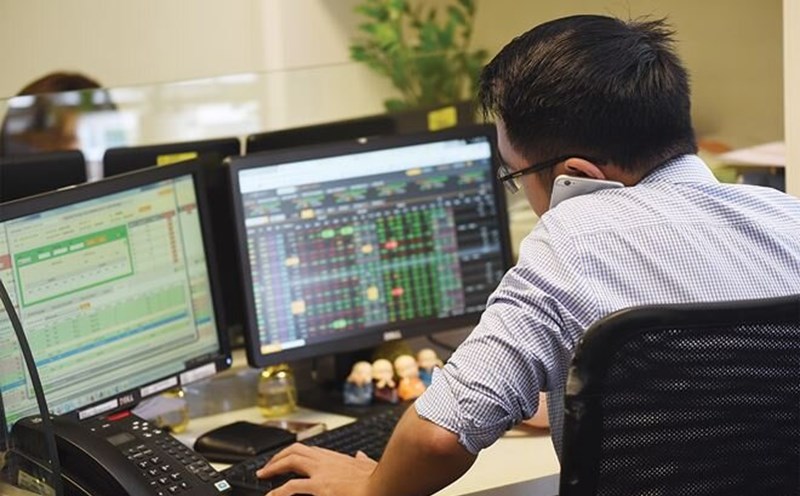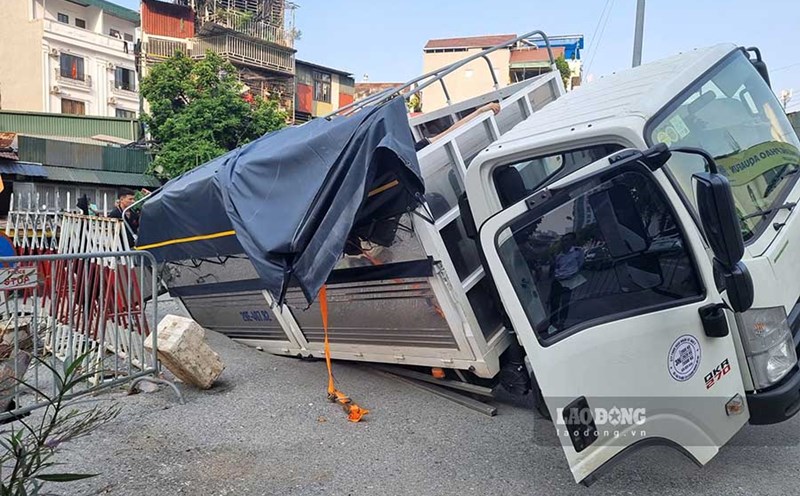In the trading session on the morning of October 9, the stock market continued to maintain its upward momentum after receiving information about upgrading the market and surpassing the 1,700 point mark after a short opening period thanks to the support of bluechip stocks.
There was a time when the VN-Index quickly turned around when facing this large resistance zone. However, as soon as it retreated to the reference level, demand increased, helping the market rebound and skyrocket, surpassing the peak when the banking group competed to improve, especially the pair of Vingroup with VHM - VRE increased the ceiling.
At the end of the session on the morning of October 9, the VN-Index increased by 10.63 points to 1,708.46 points with 115 stocks increasing and 160 stocks decreasing. Total trading volume reached 580.9 million units, worth VND 18,667 billion, up 10.1% in volume and 13% in value compared to the session yesterday morning.
The VN30 group closed the session with 14 stocks increasing and 14 stocks decreasing, but the index of this group increased by nearly 10 points thanks to VHM's main contribution. At the end of the session, VHM still increased 7% to the ceiling price of VND 115,000/share with a matched volume of more than 9.5 million units.
Meanwhile, increased selling pressure both domestically and internationally has caused VRE to lose its purple color. At the end of the session, VRE still increased by 3% to VND37,400/share and matched nearly 17.4 million units.
In addition to the VHM and VRE pairing, other stocks of Vingroup also closed in green. Specifically, VIC increased slightly by 0.3%, while VPL reversed the impressive increase of 5.1% and even increased close to the ceiling at times. Just 4 stocks V contributed up to 10.6 points to the general index.
While the banking and real estate stocks are trading well, the securities stocks have not yet found a common voice after the market received the news of the upgrade. Currently, the codes VIX, SSI, VND, VCI have all decreased slightly by over and under 1%.
Analysts from SSI Securities Company (SSI Research) maintain the VN-Index target for 2026 at 1,800 points in the base scenario, reflecting growth space from both the base and valuation platforms. With a projected P/E of about 12 times in 2026, the market is still trading below the 10-year average (14 times) and significantly lower than the average of the last 2 price increases (15'16 times).
In the context of attractive pricing, improved corporate profits and a gradual return of foreign capital, we believe that the market still has room for re-evaluation at a higher level.
The story of upgrading is a new driving force for the Vietnamese stock market. Vietnam's official upgrading to emerging market status according to FTSE Russell's classification (from September 2026), and in the future being able to meet MSCI Emerging Market's standards, is expected to attract about 1.6 billion USD in passive capital from ETFs, not to mention significantly larger capital from active funds. This milestone not only reflects the potential to attract capital flows, but also marks Vietnam's new position on the global investment map.
The context of the stock market continues to have many positive fluctuations with the momentum from domestic investors currently accounting for more than 90% of the trading value, helping to compensate for the net withdrawal cash flow of foreign investors. At the same time, the upcoming IPO plan led by large-cap enterprises such as TCBS, VPS and Gelex Infrastructure Joint Stock Company (Gelex Infrastructure) shows the return of confidence of the business sector as well as the promise to increase market depth in 2026.
If implemented properly, this capital mobilization cycle will attract the attention of investors and diversify the portfolio of industries in the stock market.
SSI Research also expressed the view that risks still need to be closely monitored. High margin balance along with increased use of leverage from individual investors can amplify fluctuations, especially if market sentiment changes suddenly. The increase in the real estate market, especially in terms of price, may stagnate after a period of strong recovery, causing risks of spreading to credit quality. Meanwhile, global trade conflicts and pressure from tariffs are still uncertain factors from the external business environment.












